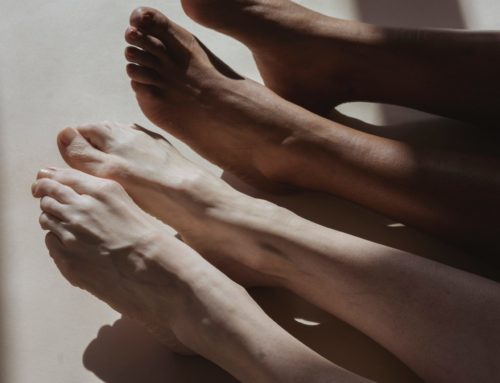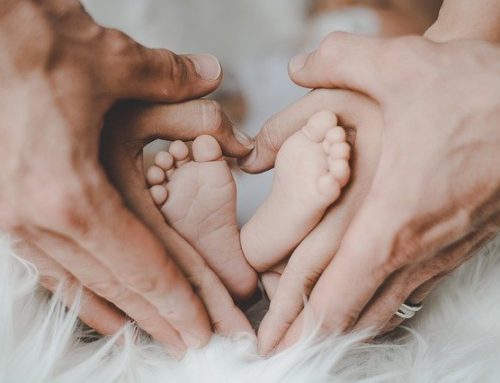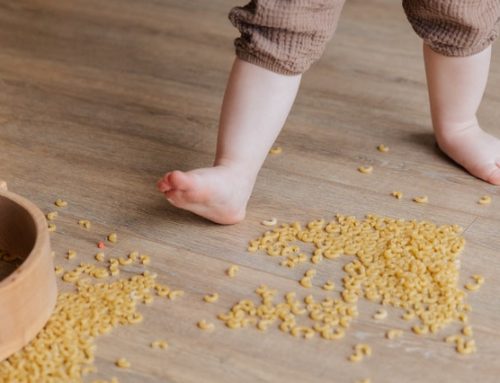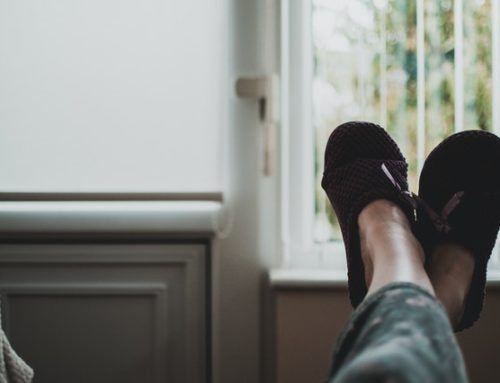America’s Pastime
For more than a century and a half, America has carried on a love affair with baseball.
More than following big league baseball, we all want to play the game ourselves–to hear the crack of a base hit, execute an around-the-horn double play, or shag a screaming liner. But like all vigorous exercise, baseball and softball should be played sensibly and safely. Improper preparation and technique can lead to injury, especially to the lower extremities, which take us around the bases and under fly balls.
Shoeing Up for Baseball
Young players will do well to wear molded cleats rather then steel spikes. They should be gradually introduced before being worn in a game. A young player needs to get a feel for cleats, which should not be worn off the field.
While the improved traction of cleats may enhance play, it also leaves the ankle more susceptible to twists and turns. Any child with preexisting foot conditions should see a podiatric physician before putting on cleats. Never put a child in hand-me-downs; ill-fitting cleats increase the danger of ankle injuries. When sizing cleats, make sure the feet are measured by a footwear technician, and always wear a game-size sock when trying them on.
When wearing cleats or spikes for the first time, watch for irritation, blisters, or redness, which could indicate a biomechanical problem in the legs or feet. Pain is a clear indicator of a problem. If cleats cause pain, discontinue wear for two to three days; if it returns, see a podiatric physician specializing in sports medicine for evaluation.
Lower Extremity Injuries and Treatment
Contusions. A baseball will inevitably make contact with a player’s foot and ankle, whether it’s a pitched ball, foul tip, or line drive, and sliding base runners often run headlong into a infielder’s legs. Usually this contact results in contusions, which are not often serious injuries. Ice packs and a few days’ rest will usually help the contusions, or bruises, feel better.
Sprains and fractures. Stretched or torn ligaments, known as sprains, can occur from running the bases, or pivoting to make a play. Sprains may cause extensive swelling around the ankle just like a fracture. Immediate treatment from a podiatric physician is crucial to quick healing. Fractures, where the bone has cracked or broken, often require casting. After a sprain or fracture, a podiatric physician can prescribe a rehabilitation regimen to restore strength to the injured area before returning to the sport.
Plantar fasciitis. Catchers are particularly susceptible to arch pain, commonly traced to an inflammation called plantar fasciitis, on the bottom of the foot. A podiatric physician can evaluate arch pain, and may prescribe customized shoe inserts called orthoses to help alleviate the pain.
Heel Spur Syndrome. A related condition, to which catchers are also susceptible, is heel spur syndrome. Often related to plantar fasciitis, heel spur syndrome occurs when the plantar tendon pulls at its attachment to the heel bone. This area of the heel can later calcify to form a spur. Many times the ligament pulling on the heel creates the symptoms, and not the spur itself, especially after getting up from resting. With proper warm-up and the use of supportive shoes, strain to the ligament can be reduced.
Achilles tendinitis. The stop-and-start of baseball often creates pain and tightness in the calf, and aggravation of the Achilles tendon. Again, regular stretching of the calf muscles gently and gradually before and after the game will help minimize the pain and stiffness.
Shin splints. Shin splints usually stem from an inflammation of the muscle and tendon attached to the shin, caused by stress factors. Treat shin pain with cold compresses immediately after a game to reduce inflammation. Proper stretching and strengthening exercises should prevent the onset of shin splints.
Source: aapsm.org






